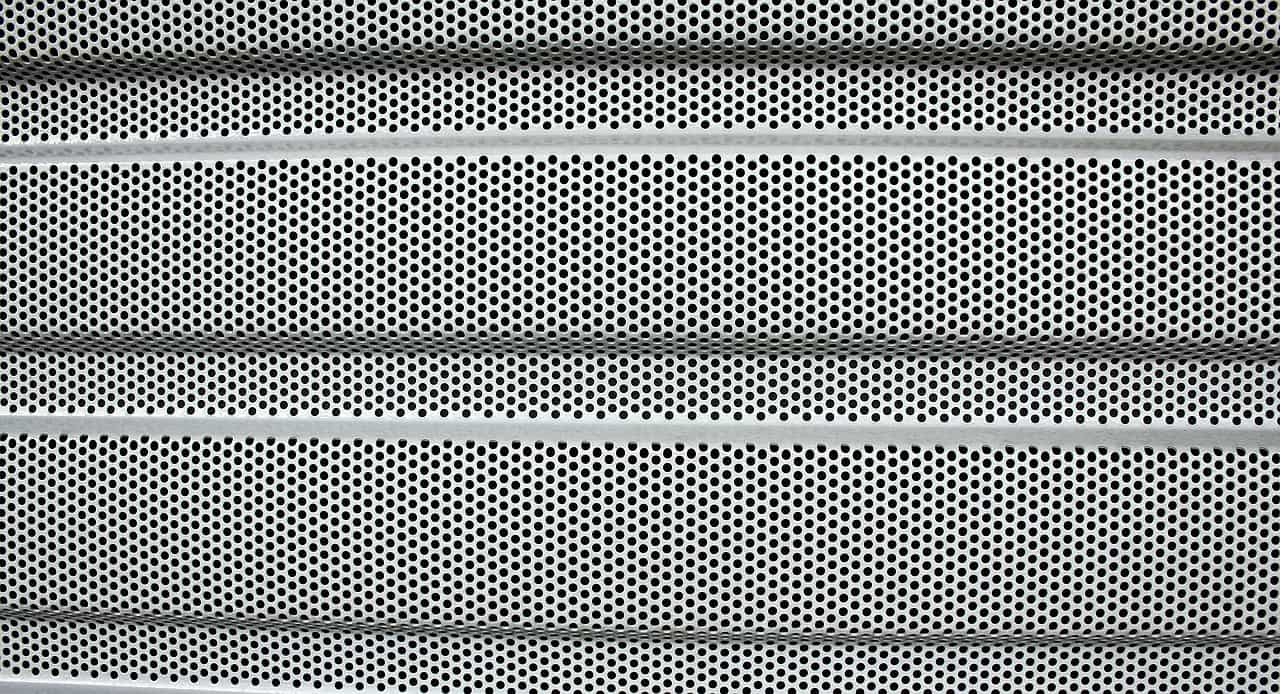
Stainless steel is an incredibly versatile material for creating lightweight and corrosion-resistant products in a wide range of sizes and shapes. One method of making these products is to use metal stamping and create a die that cuts the shapes out of a flat panel of stainless steel. This method is a great choice for the majority of stainless steel production, but it requires a robust understanding of the metal itself.
There are many different types and grades of stainless steel, each with different characteristics that will influence manufacturing. At Caldera Manufacturing Group, formerly Fairlawn Tool, we understand the nuances of stainless steel stamping, and we use that knowledge to create high-quality components every time. Here’s a look at this versatile material and the characteristics that affect metal stamping processes.
One of the primary benefits of stainless steel is its corrosion resistance, which comes from the addition of chromium. When chromium is added to carbon steel, the final product forms an invisible but protective film on its surface when exposed to oxygen. This helps the metal effectively resist corrosive materials.
Other substances can be added to stainless steel to deliver additional benefits, like high-heat resistance or luster, making them more appropriate for specific applications such as appliances or sharp cutting tools. Another way to adjust the characteristics of stainless steel is to treat it with heat or cold-working, which can modify its malleability and hardness.
There are three main types of stainless steel used in metal fabricating applications:
Another factor that will influence how stainless steel behaves is its temper. The different tempers of stainless steel move from the softest fully annealed grade to the hardest. The harder the metal, the more brittle it becomes. It gets more difficult to form a component because the steel loses its malleability. For 1/4 and 1/2 hard grades, cold-working and heat-treating can add strength to the finished product.
The grades are as follows, starting with the annealed version of stainless steel: